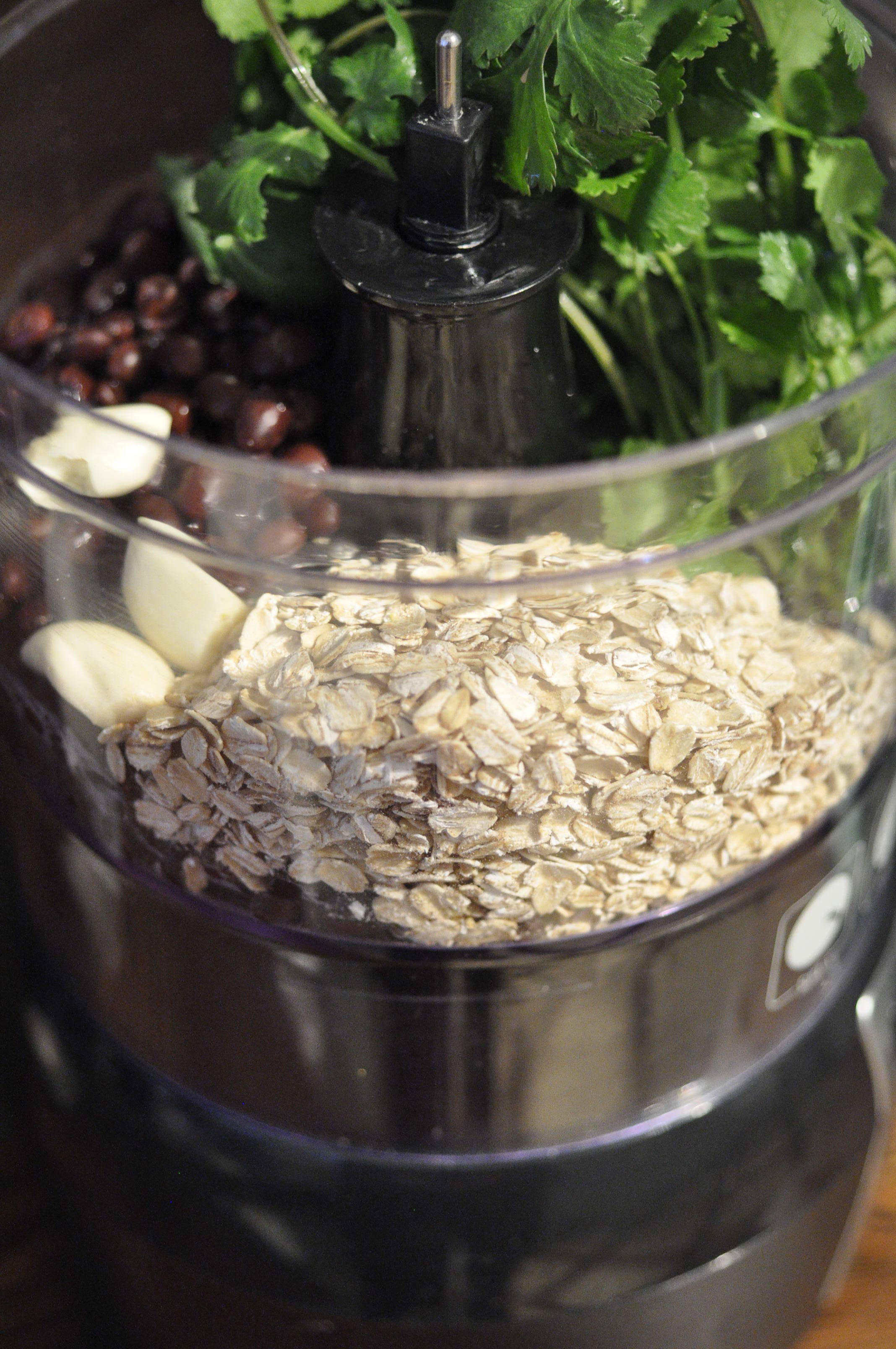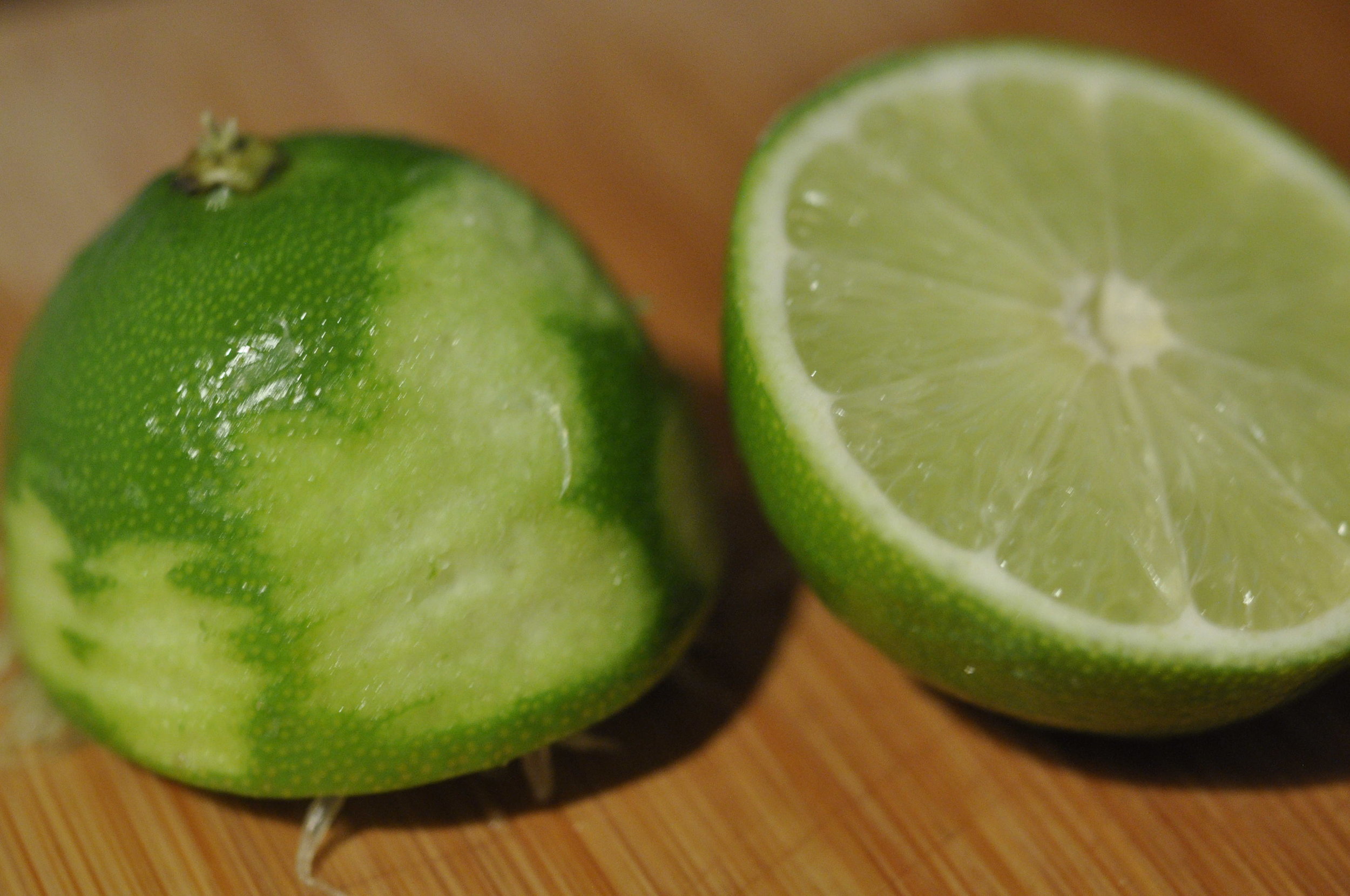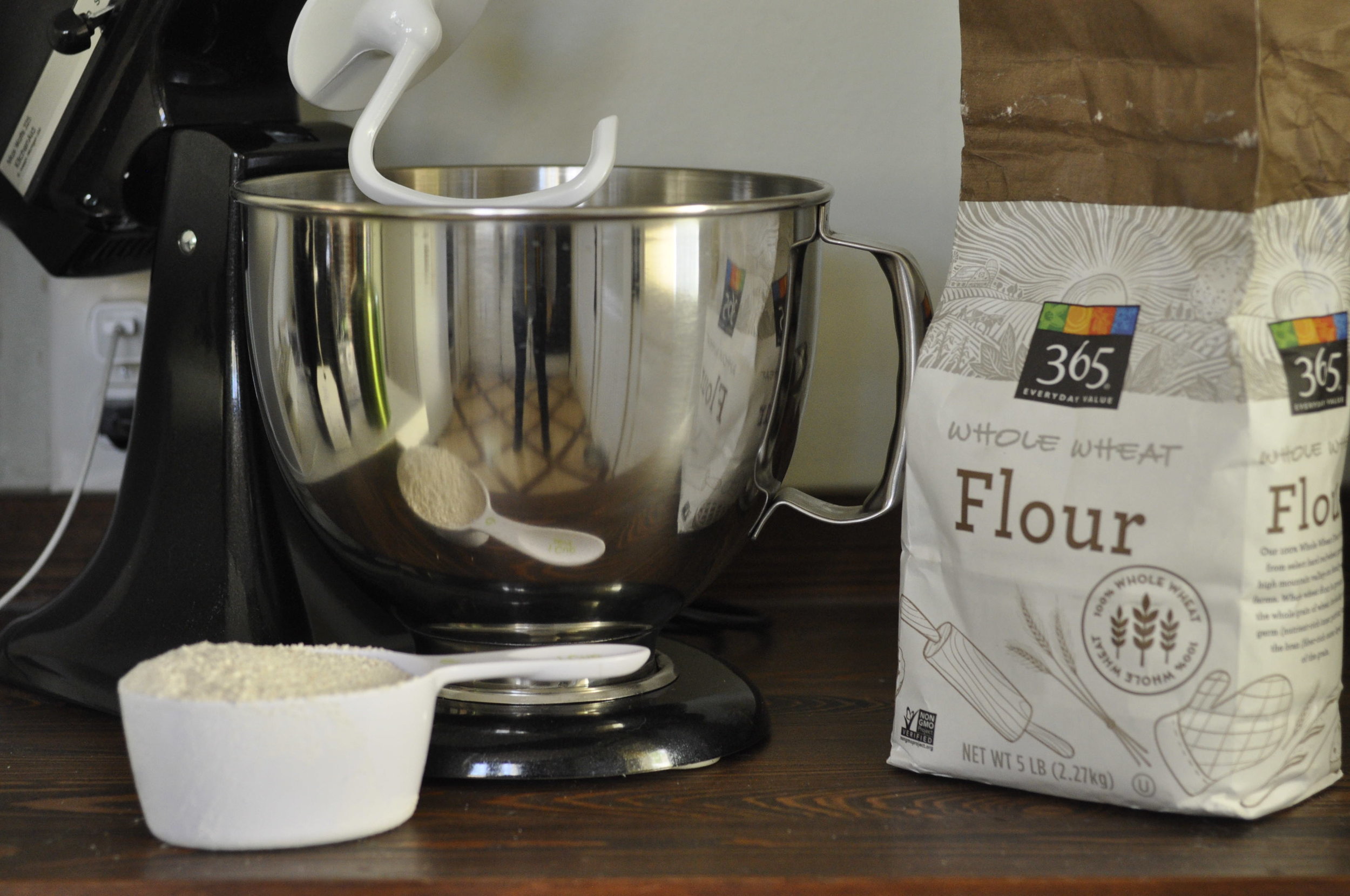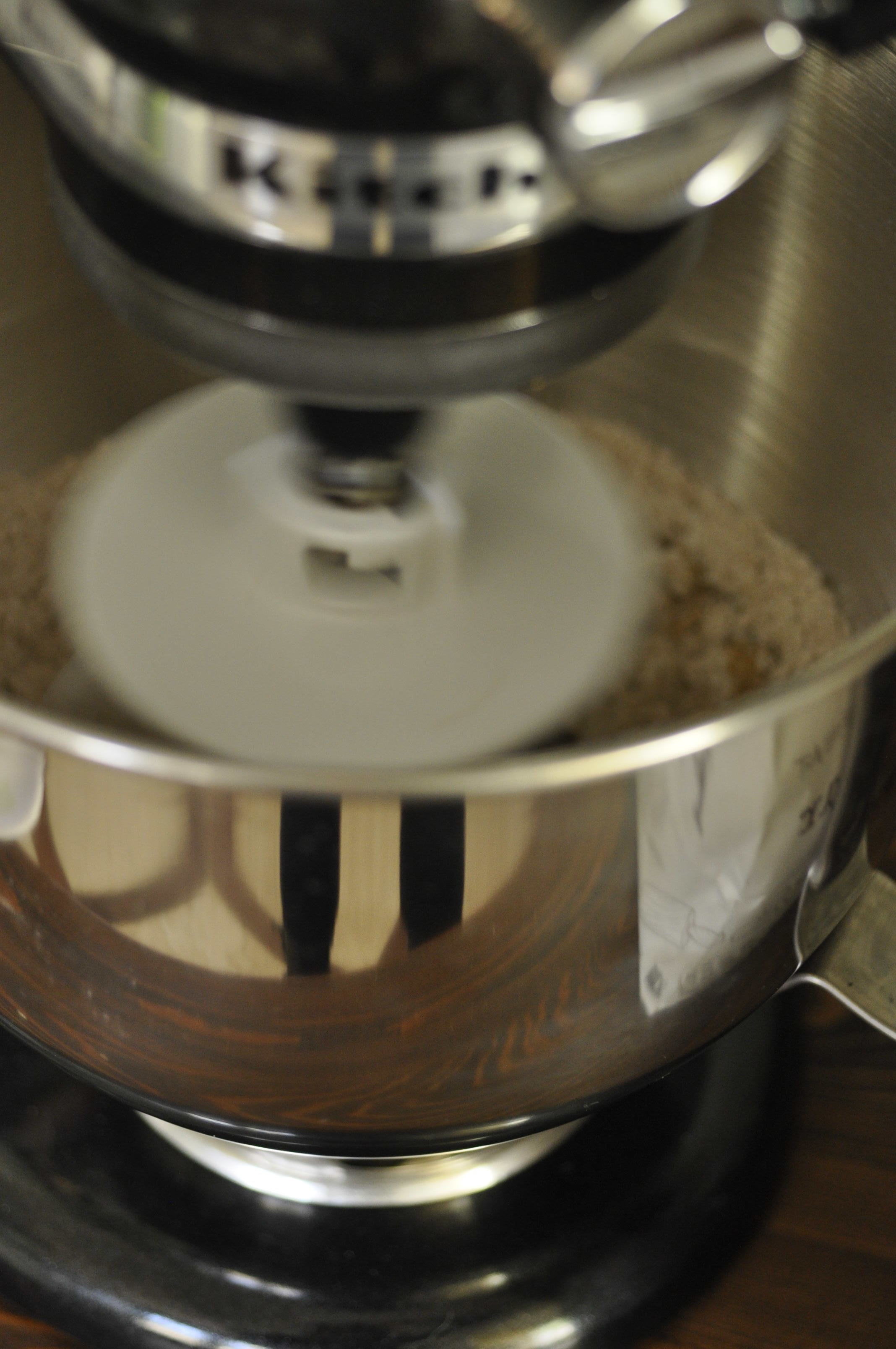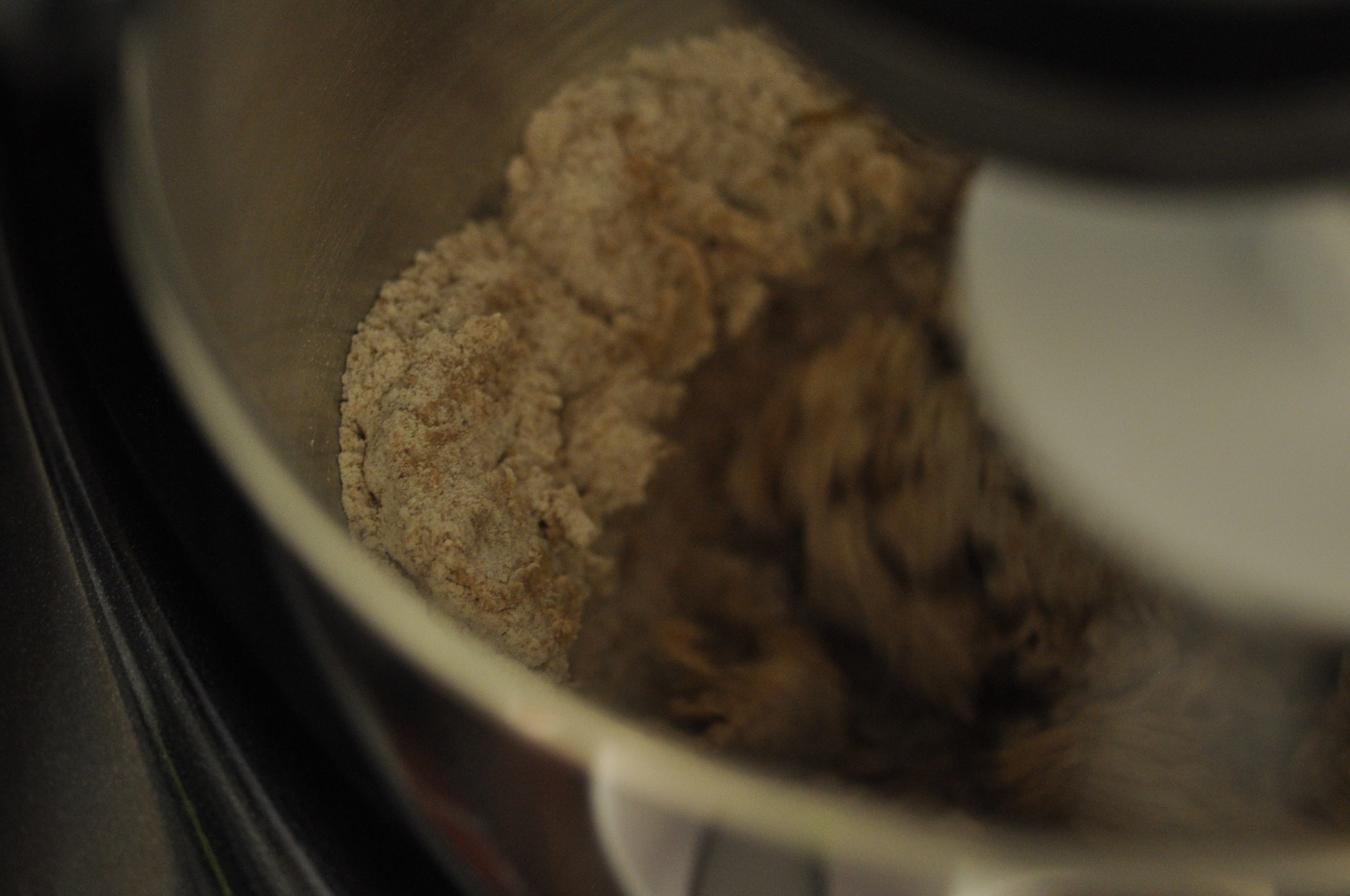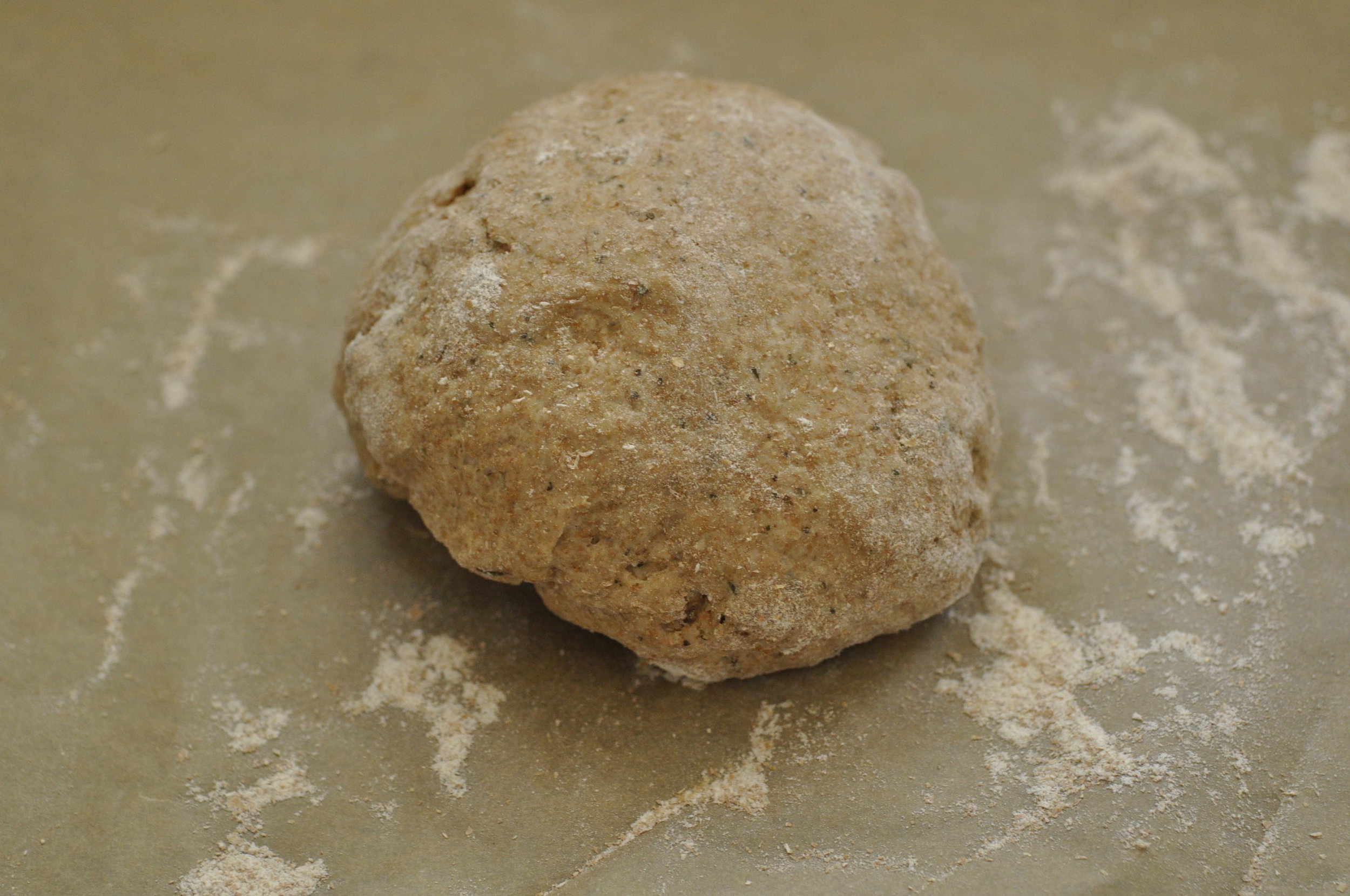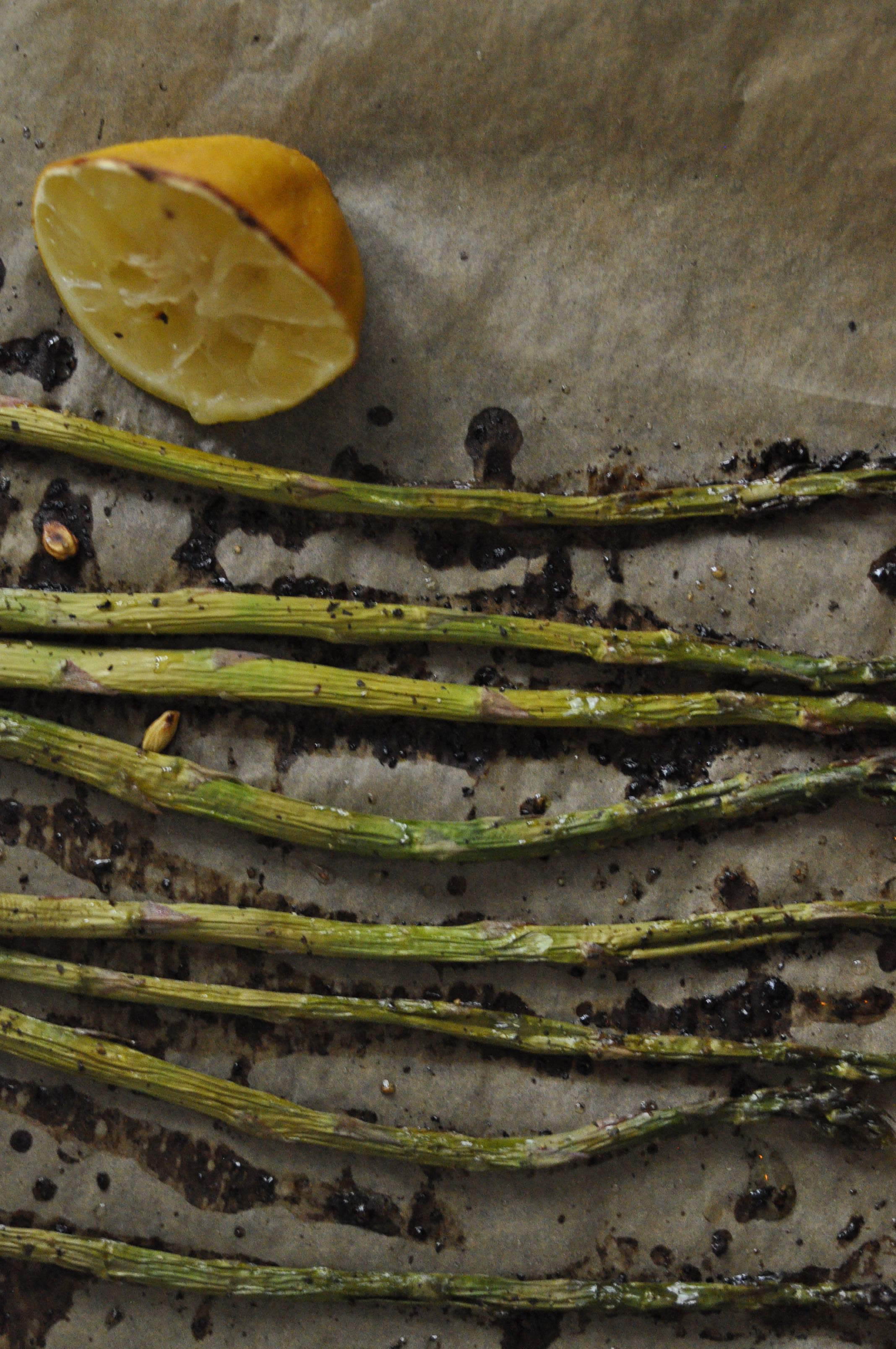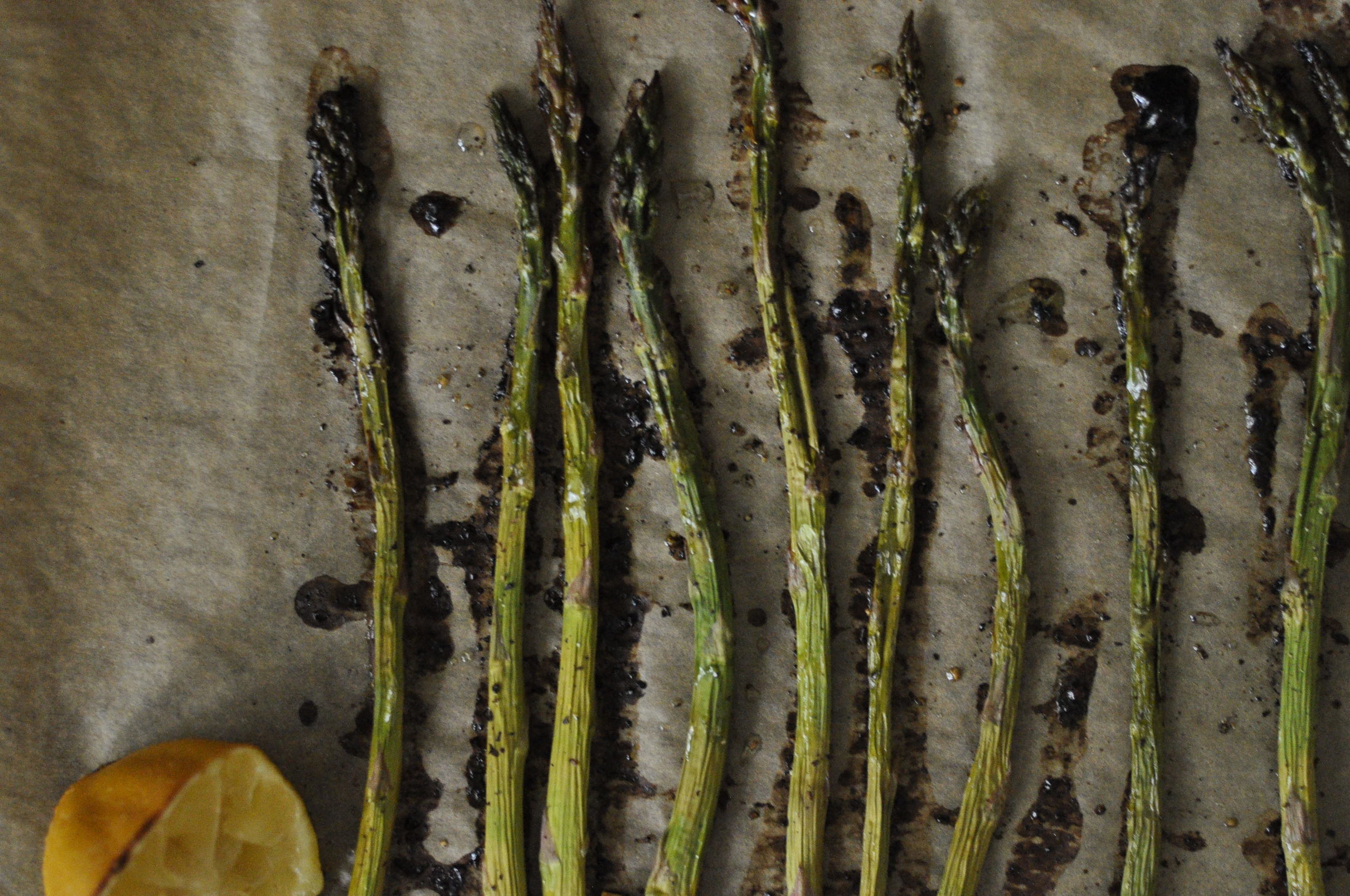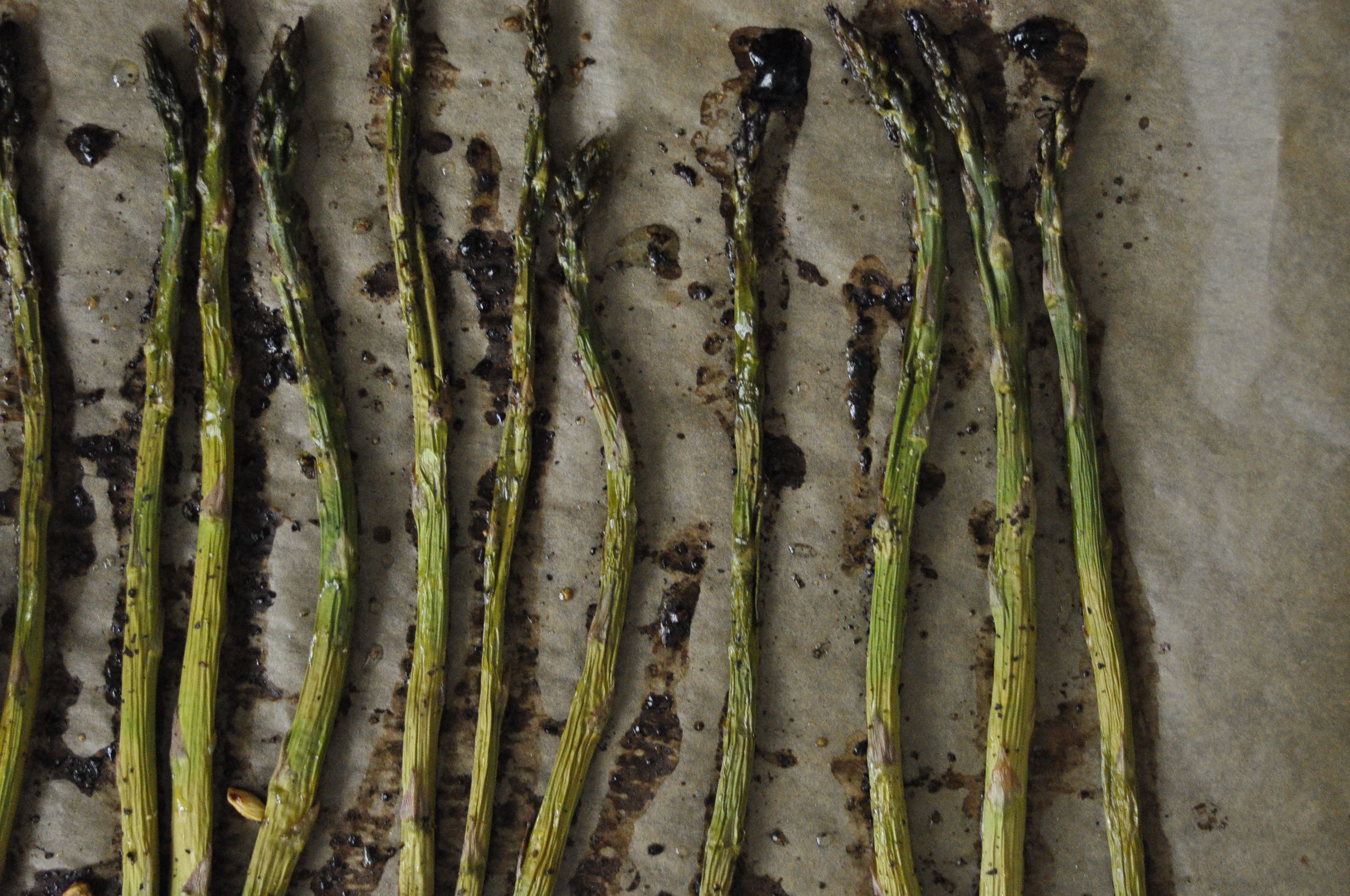Veggie burgers are a meatless meal go-to. They're packed with fiber (read: filling), easy to make, and bonus(!) they freeze well making for a quick and easy lunch or dinner. These burgers could also be renamed "kitchen sink burgers" since many of the ingredients can be exchanged for whatever you have in the fridge or cabinet. No squash? No problem. Use zucchini or eggplant. No peppers? Use carrots or asparagus. Oats can be exchanged for bread crumbs and the cilantro can be swapped for parsley or even basil. Be sure to keep the ratios consistent for a burger that holds well in the pan and on the bun.
Ingredients
2 tbsp. olive oil or canola oil
½ each large yellow squash, roughly chopped
½ each red bell pepper, roughly chopped
½ cup button mushrooms, roughly chopped
½ tsp sea salt
1 tsp ground black pepper
1 can low sodium black beans, rinsed
3 each garlic cloves
½ bunch cilantro
½ each lime juice plus zest
1 ½ cup old fashioned oats
1 each large egg
Preparation
In a large frying pan, heat 1 tbsp. oil over medium heat. Add squash, bell pepper, mushrooms, salt, and pepper. Sauté until al dente and most of the water has evaporated (about 15 minutes). While the vegetables are cooking, add black beans, garlic, oats, cilantro, lime juice, and lime zest to a food processor. Add cooked vegetables and pulse until all ingredients are combined. Add egg and continue to pulse until fully incorporated. Form into patties. (makes 8 patties)
Heat 1 tbsp. oil in pan over medium heat. Add patties and cook 5 minutes on each side or until browned and cooked through.
Build on a whole wheat bun with lettuce, tomato, onion, and your choice of spread.
Tip: Burgers can be frozen between layers of parchment paper. When ready to cook, simply thaw and heat oil in a pan to cook on each side until cooked through.

